Here's the Weird Science Launching to the Space Station on Monday
On Monday, a cargo delivery to the International Space Station will carry old-fashioned sextants, E. colibacteria and lasers that will create a temperature 10 billion times colder than the vacuum of space.
These unusual science experiments are scheduled to launch Monday morning (May 21) at 4:39 a.m. EDT (0839 GMT) from NASA's Wallops Flight Facility in Wallops Island, Virginia. They will launch on the commercial spaceflight company Orbital ATK's Antares rocket, packed in the company's Cygnus spacecraft as part of 7,385 lbs. (3,350 kilograms) of scientific equipment, food, clothing and other supplies for the Expedition 55 space station crew.
This mission, known as OA-9, will be the Orbital ATK's ninth Cygnus cargo-resupply mission to the space station. Orbital ATK initially aimed to launch the flight on Sunday (May 20). However, the company postponed the flight to Monday to allow time for extra pre-launch checks and await better launch weather.
The spacecraft is named the S.S. J.R. Thompson after J.R. Thompson, a late aerospace executive and NASA director who worked with the Cygnus spacecraft and helped to advance human spaceflight. [Orbital ATK's Antares Rocket & Cygnus Explained (Infographic)]
The early morning launch will be visible along the U.S. East Coast, and you can watch it live online here at Space.com, courtesy of NASA TV.
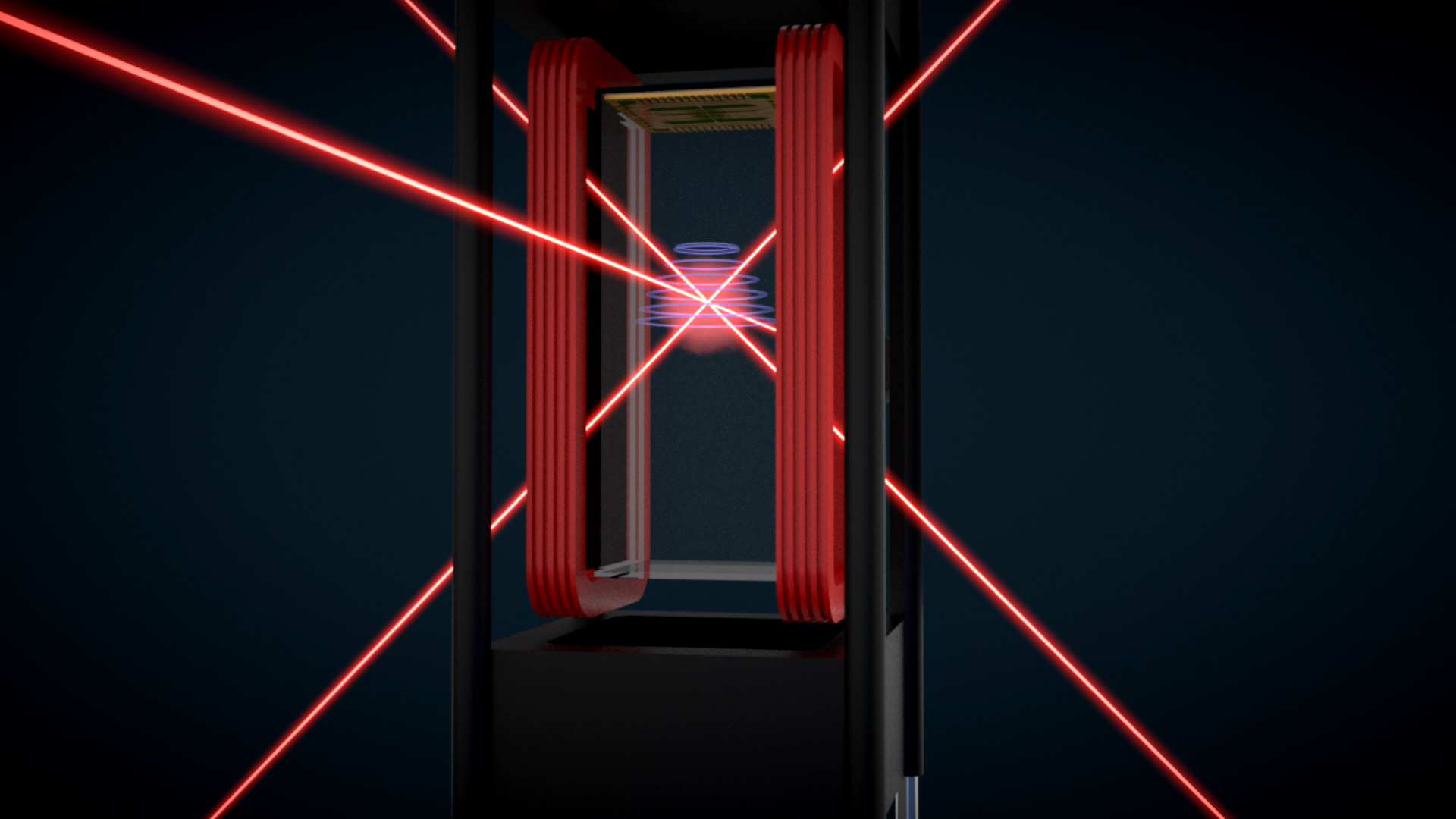
Aboard the craft will be an experiment from the Cold Atom Laboratory (CAL), a physics research facility in which scientists will explore the lowest temperatures that we can reach in a lab and how those temperatures affect atomic interactions. These temperatures are "like one-tenth of a billion of a degree above absolute zero," Robert Shotwell, CAL project manager and an engineer at NASA's Jet Propulsion Laboratory in California, said in a press conference May 10.
Breaking space news, the latest updates on rocket launches, skywatching events and more!
CAL is sending the space station an experimental physics package that holds an "ice chest"-like compartment filled with lasers and electronics; the interior will be able to reach a temperature10 billion times colder than the vacuum of space, according to a NASA statement. Within this instrument, the researchers will use laser cooling techniques and magnets to slow down atoms until they are almost entirely motionless.
By studying these ultra-cold atom clouds in the microgravity environment aboard the space station and observing how these atoms interact, CAL could help scientists answer some of their most puzzling quantum questions, NASA officials said.
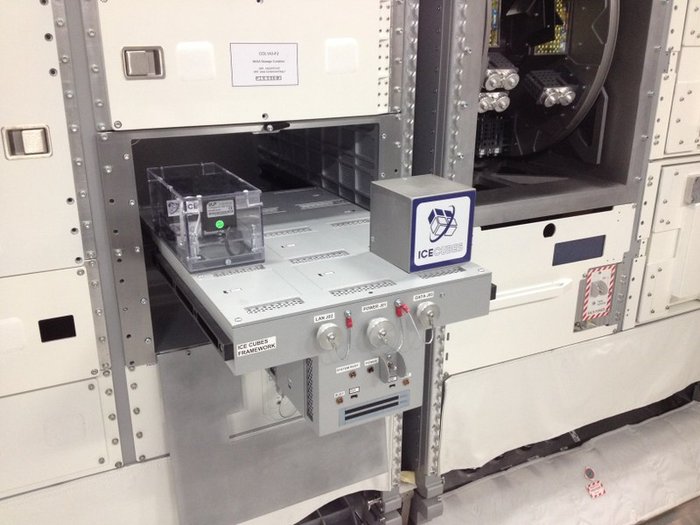
This cargo mission will also carry "ICE Cubes," but not the chilly variety you may be picturing. These cubes, sent as part of the International Commercial Experiment, or ICE Cubes Service, are small, modular containers about the size of microwave ovens. Neatly slotted into a laboratory rack as part of a "plug-and-play" model, these cubes are connected to electricity and monitoring systems and will each contain a different experiment.
This service is a partnership between the European Space Agency (ESA) and Space Application Services (SpaceAps). ICE Cubes vary in size and are easy to build, install and remove. "The idea is to provide fast, direct and affordable access to space for research, technology and education for any organization or customer," Hilde Stenuit of SpaceAps, said in the statement.
ICE Cubes sent in this mission will include an experiment that will study how different seeds germinate and grow under a variety of unique space conditions, an experiment that looks at how bacteria can be used to create methane in microgravity, and more.
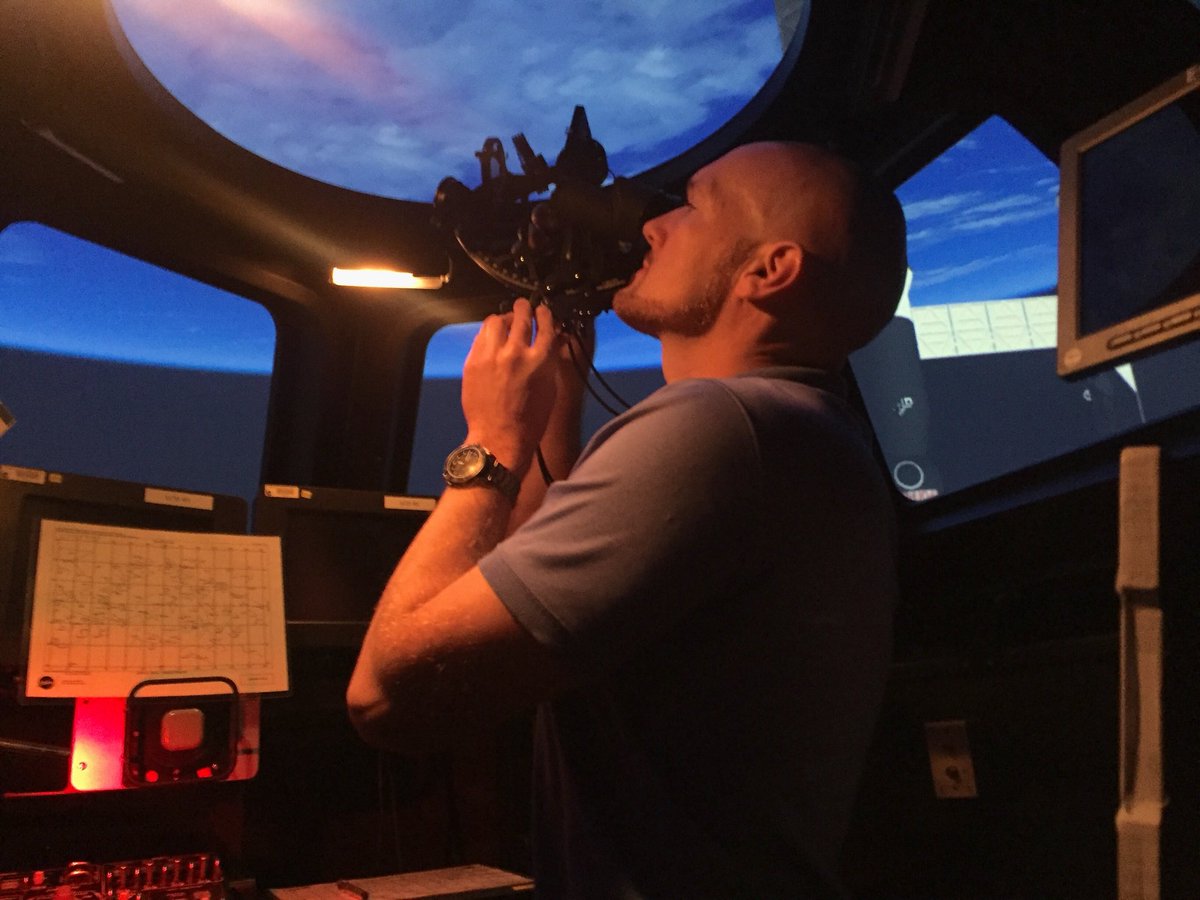
An unusually low-tech item will also be aboard the spacecraft: a handheld sextant. This instrument, which measures the angular distance between two visible objects, is a time-honored staple of navigation. The traditional, metal tool has historically been used for nautical navigation by sailors out at sea or to measure distances in the night sky.
The Sextant Navigation investigation will test the use of handheld sextants for emergency navigation on future deep-space missions, according to the NASA statement. As crewed missions travel farther and farther from Earth, the risks will increase. If a crew found itself without communications or sufficient computing capabilities, it could theoretically use a sextant to find its way using the angles among the moon, planets and stars.
Because the instrument requires no power or external support to operate, it could be a simple but life-saving tool, NASA officials said.
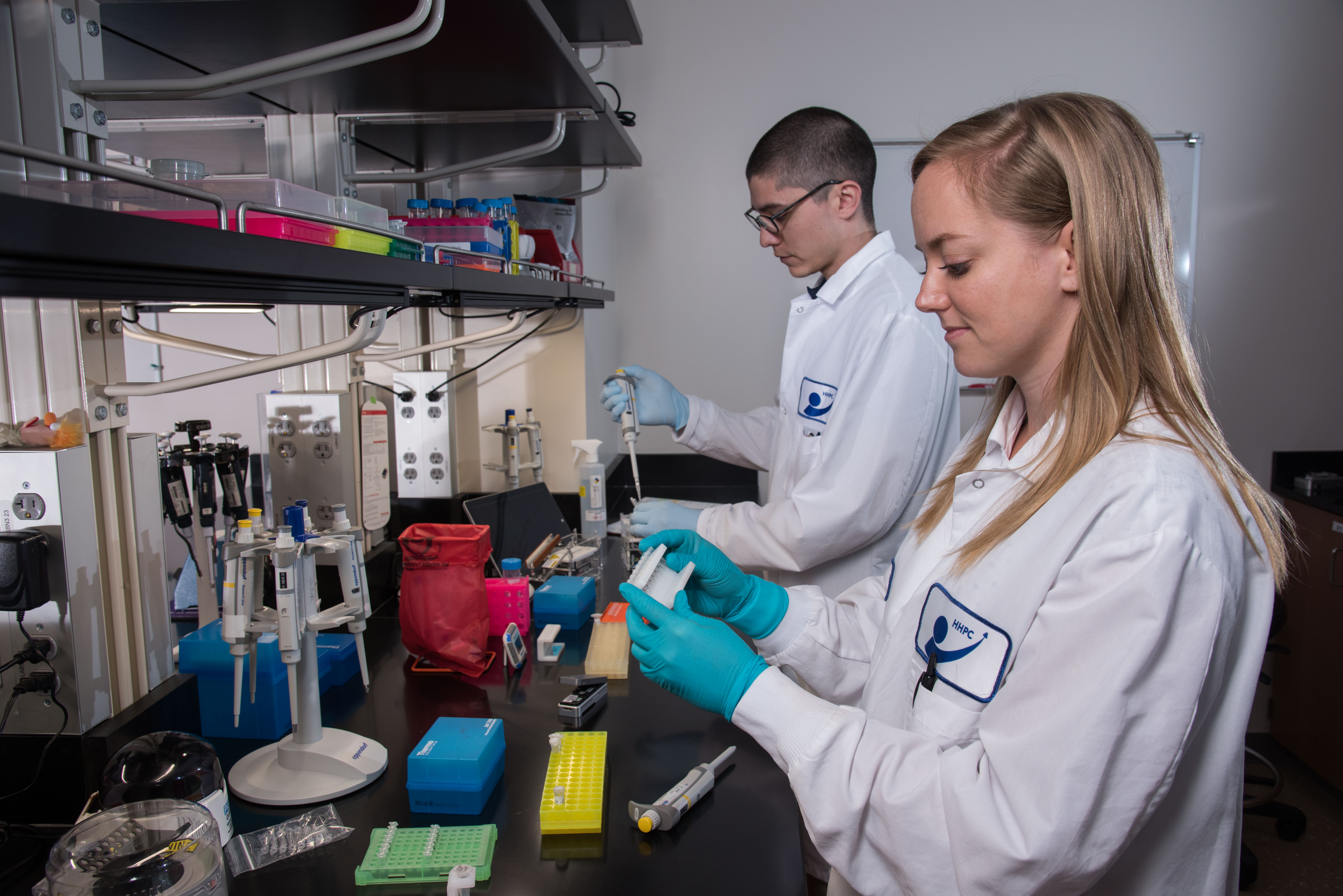
Also coming aboard the spacecraft will be Biomolecule Extraction and Sequencing Technology (BEST), which will use DNA and RNA sequencing to study microbes aboard the space station and better understand how spaceflight could contribute to mutations in these species.
With a swab-to-sequencer process, astronauts can sequence the genome of microbes found on board without having to culture the organisms first. This is a huge step forward, as previously, "NASA's microbiology has relied on culturing the organisms," Sarah Wallace, a NASA microbiologist and principal investigator for BEST, said during the press conference.
With human spaceflight advancing every day, this work will allow scientists to better understand how microscopic organisms, like bacteria, react to the microgravity aboard the space station, Wallace said. BEST will also advance sequencing in space by performing direct RNA sequencing.

Escherichia coli (E. coli), the bacterium best-known for its ability to cause food poisoning in humans, is also heading up to the space station. Aside from causing gastrointestinal distress, a genetically engineered strain of E. coli can also produce isobutane. This E. Coli strain, while harmless to humans, can produce this molecule, which we use to make everything from latex to medical devices and fuel additives. In fact, isobutane is a significant part of manufacturing today, researchers said in the news conference.
Unfortunately, the material is primarily produced, for manufacturing purposes, from fossil fuels and nonrenewable sources. The process of producing isobutane is energy-intensive and polluting, as Brandon Briggs, an assistant professor at the University of Alaska Anchorage, discussed in the conference. By genetically engineering E. coli to produce isobutane and sending some of these into space, researchers can investigate what environments are ideal for isobutane production in these microbes.
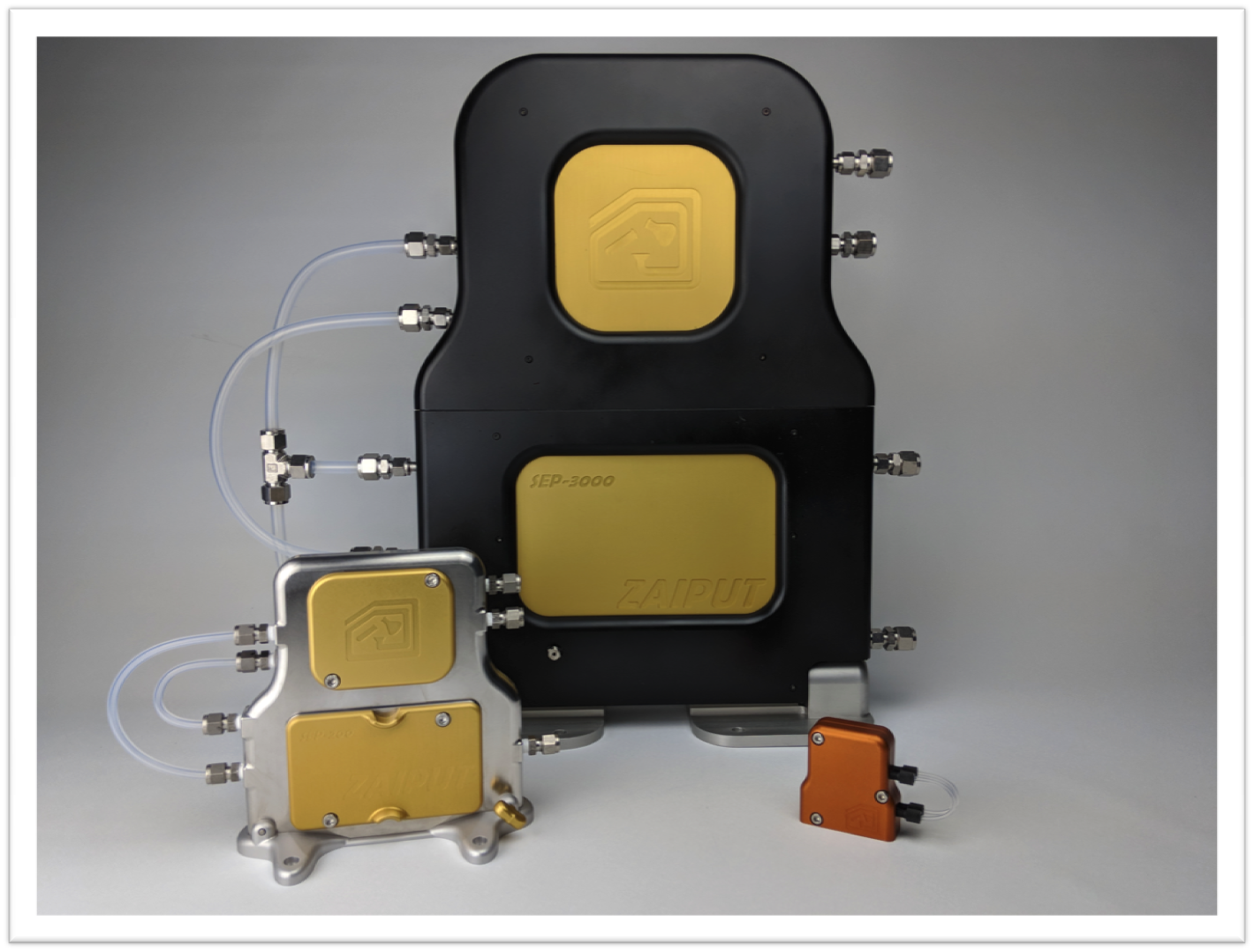
Additionally, the spacecraft will carry NASA's Continuous Liquid-Liquid Separation in Microgravity investigation which will use theliquid-liquid separation system from company Zaiput Flow Technologies. While liquid separation here on Earth typically relies on gravity, this separator uses surface forces independent of gravity, such as surface tension. The system will be put to the test in the space station's microgravity environment, where the variable of gravity can be removed and they can see whether or not surface tension alone can be used as a liquid separator.
This will allow researchers to improve the performance of the system, according to Andrea Adamo, founder and CEO of Zaiput Flow Technologies, in the press conference. Adamo also noted in the news conference that this system might one day be used to enable chemical synthesis in space.
Editor's note: This story, originally posted at 7 a.m. EDT, was updated to include details of Orbital ATK's launch delay. The launch is now set for Monday, May 21.
Email Chelsea Gohd at cgohd@space.com or follow her @chelsea_gohd. Follow us @Spacedotcom, Facebook and Google+. Original article on Space.com.
Join our Space Forums to keep talking space on the latest missions, night sky and more! And if you have a news tip, correction or comment, let us know at: community@space.com.

Chelsea “Foxanne” Gohd joined Space.com in 2018 and is now a Senior Writer, writing about everything from climate change to planetary science and human spaceflight in both articles and on-camera in videos. With a degree in Public Health and biological sciences, Chelsea has written and worked for institutions including the American Museum of Natural History, Scientific American, Discover Magazine Blog, Astronomy Magazine and Live Science. When not writing, editing or filming something space-y, Chelsea "Foxanne" Gohd is writing music and performing as Foxanne, even launching a song to space in 2021 with Inspiration4. You can follow her on Twitter @chelsea_gohd and @foxannemusic.
